Libraries represent far more than mere repositories of books—they stand as monuments to human knowledge, architectural achievements, and cultural treasures. For the bibliophile traveler, certain libraries transcend their functional purpose to become destinations worthy of pilgrimage.
These magnificent institutions combine breathtaking design, historical significance, and literary wealth that reward visitors with experiences impossible to replicate elsewhere.
Here is a list of 14 cities where libraries alone justify the journey for anyone who appreciates the sacred spaces where knowledge is preserved and shared.
Dublin
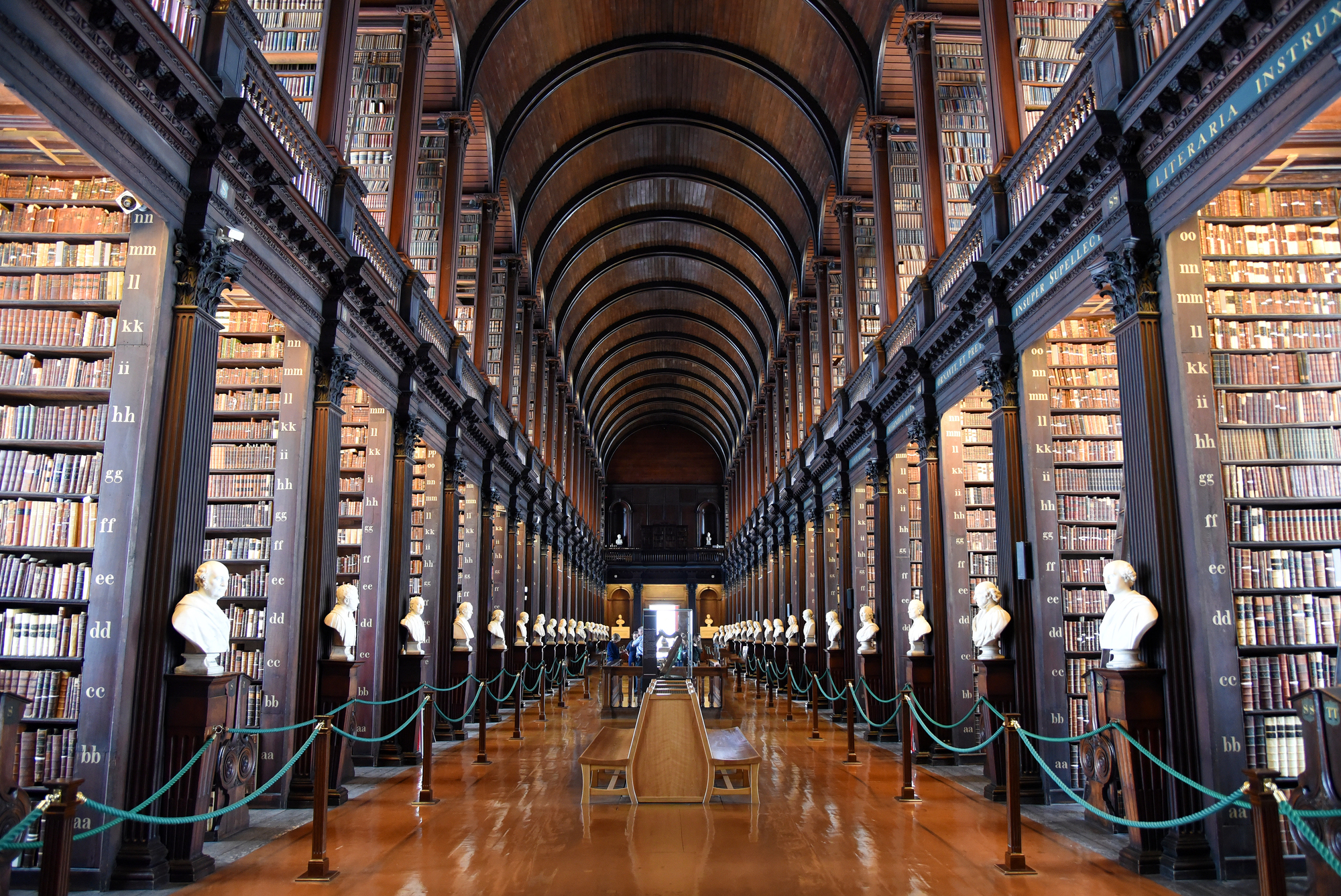
Dublin’s Trinity College Library houses the magnificent Long Room, a barrel-vaulted space stretching nearly 200 feet and lined with 200,000 of the library’s oldest books. The distinctive scent of aging leather and parchment creates an olfactory experience almost as powerful as the visual impact of the seemingly endless shelves.
The library’s greatest treasure remains the Book of Kells, a 9th-century illuminated manuscript considered one of the most beautiful books ever created, displayed in a special exhibition that contextualizes its artistic and historical significance.
St. Petersburg
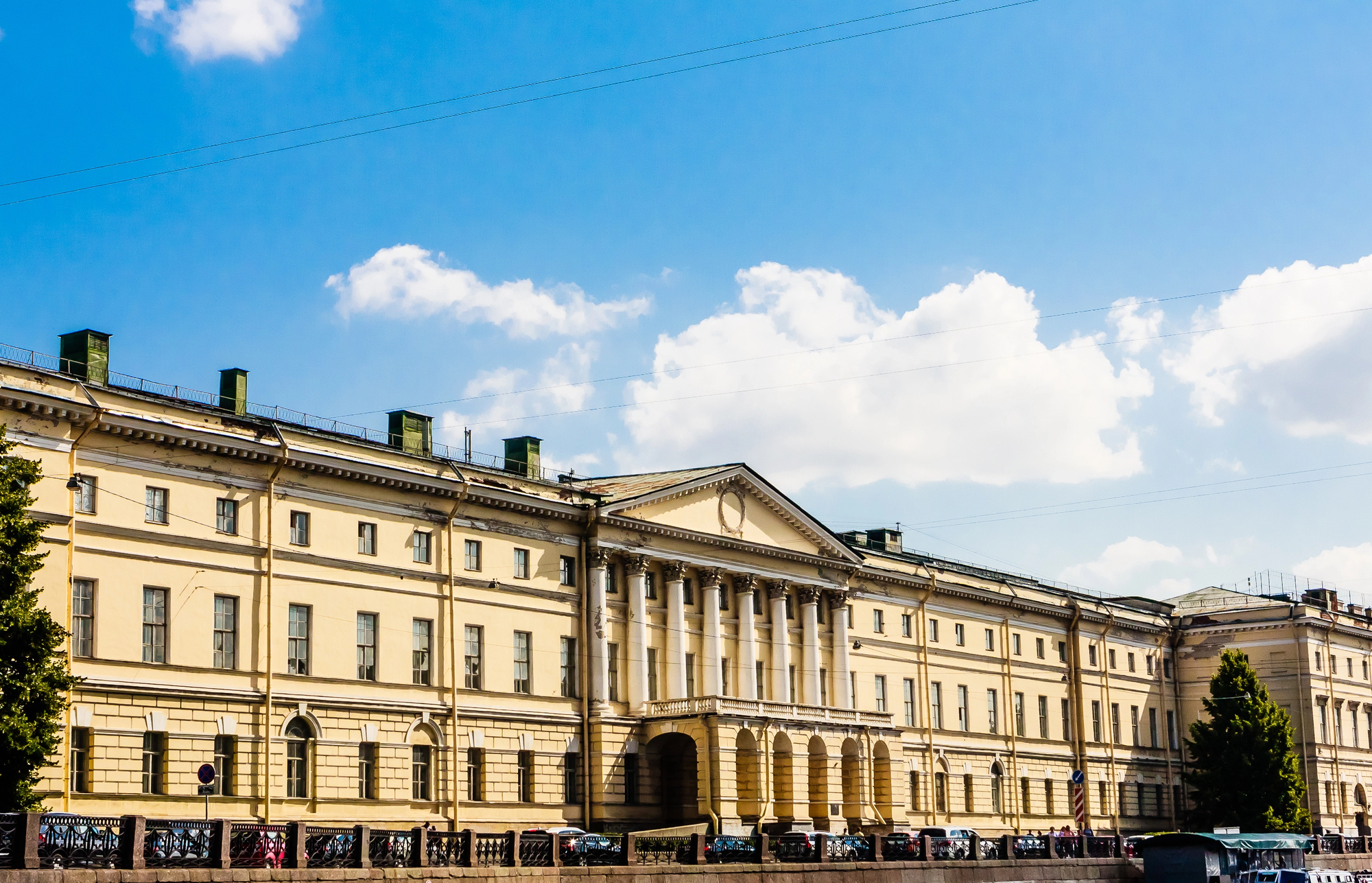
St. Petersburg’s National Library of Russia contains over 36 million items with particularly strong collections of priceless manuscripts from the Ottoman Empire and Persia. The institution occupies several historic buildings, including the stunning main site on Nevsky Prospekt with its neoclassical façade and grand reading rooms featuring original 19th-century furnishings.
The library houses treasures like the Leningrad Codex, the oldest complete manuscript of the Hebrew Bible in the world, dating from 1008 CE and carefully preserved through centuries of Russian history.
New York City
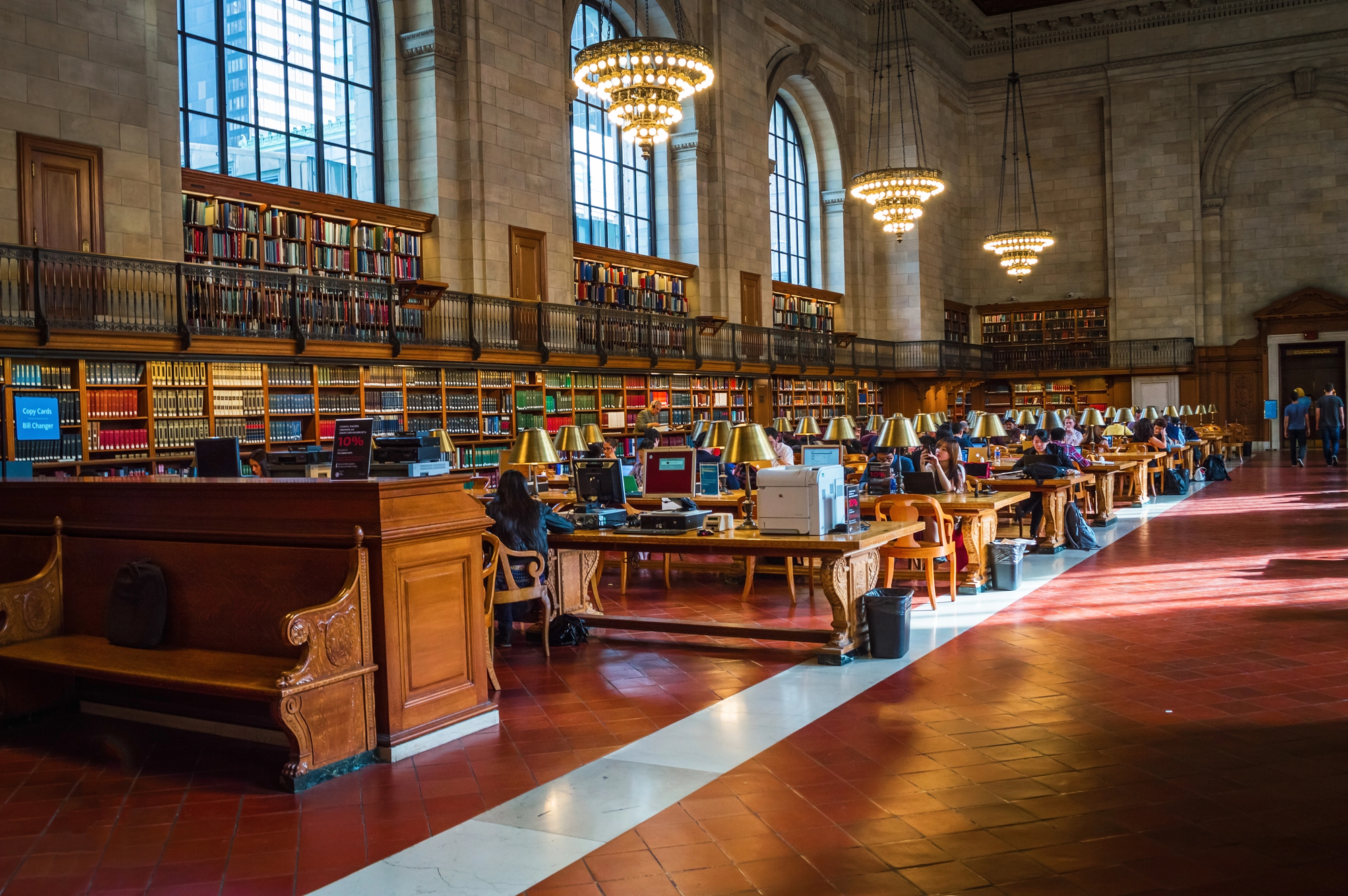
New York City’s main branch of the Public Library features the magnificent Rose Reading Room with its 52-foot ceiling adorned with cloud murals and massive windows flooding the space with natural light. The library’s iconic marble lions, Patience and Fortitude, have guarded the entrance on Fifth Avenue since 1911, becoming symbols of the city itself.
The collection houses treasures ranging from a Gutenberg Bible to the original Winnie-the-Pooh stuffed animals that inspired A.A. Milne’s beloved children’s stories, offering literary connections that span from scholarly research to childhood nostalgia.
Like Travel Pug’s content? Follow us on MSN.
Alexandria
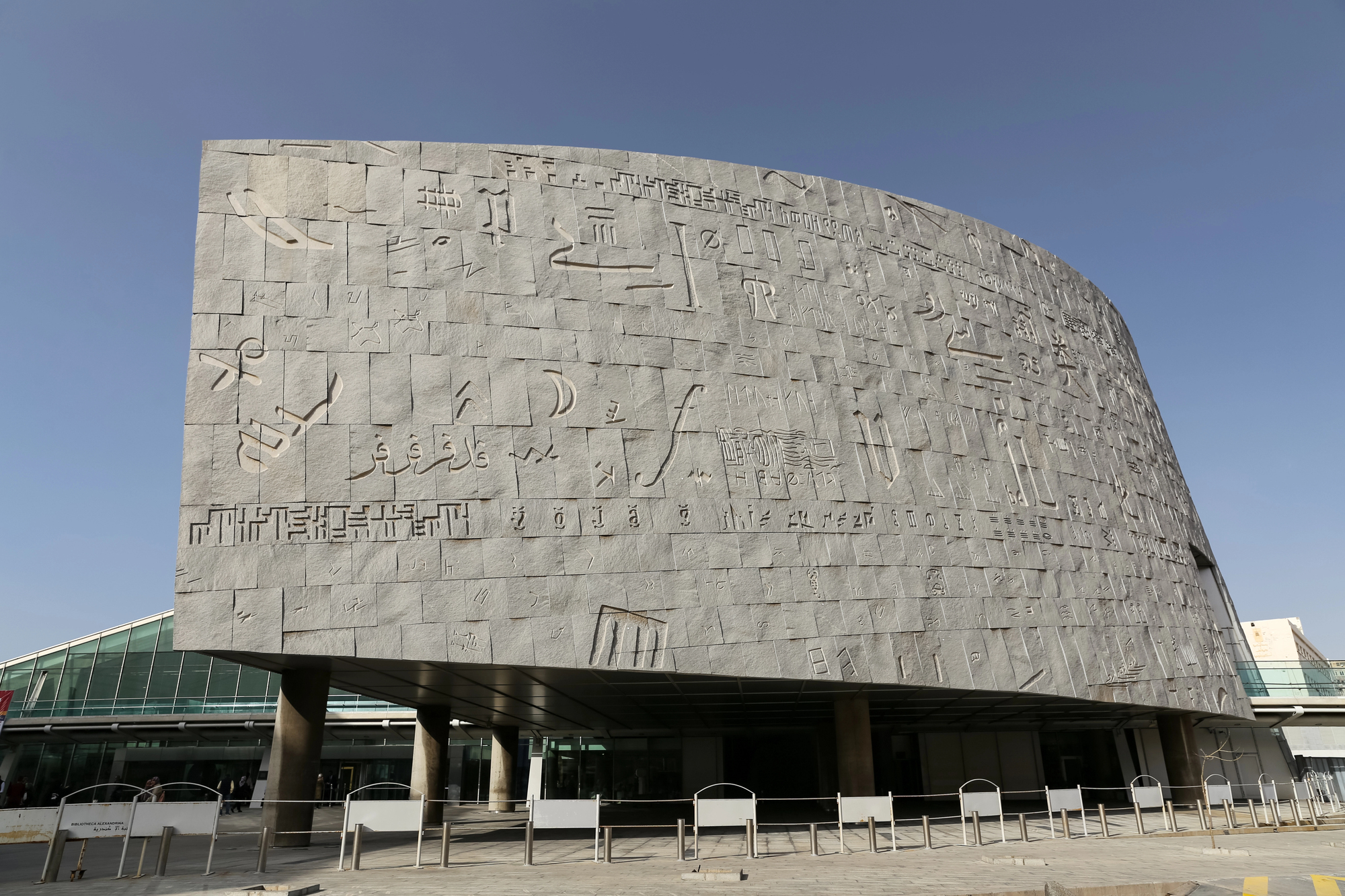
Alexandria’s modern Bibliotheca Alexandrina revives the spirit of the ancient Library of Alexandria, once the greatest repository of knowledge in the ancient world. The contemporary building features a dramatic tilted disc design resembling a rising sun, with walls inscribed with characters from 120 different human scripts.
The main reading room descends through seven terraced levels beneath a 160-foot-high glass roof, creating a sense of openness while accommodating eight million books in a space that honors Alexandria’s historical role as a center of Mediterranean learning.
Prague

Prague’s Klementinum library, established in 1722 within a former Jesuit college, showcases Baroque splendor with ceiling frescoes depicting arts and sciences framed by intricate stucco decoration. Antique globes line the central aisle, creating a space that feels more like a palace for books than a mere reading room.
The library maintains its historical astronomical traditions with an original tower observatory still used to track weather data, continuing measurements that represent one of the longest continuous meteorological records in central Europe.
Vienna
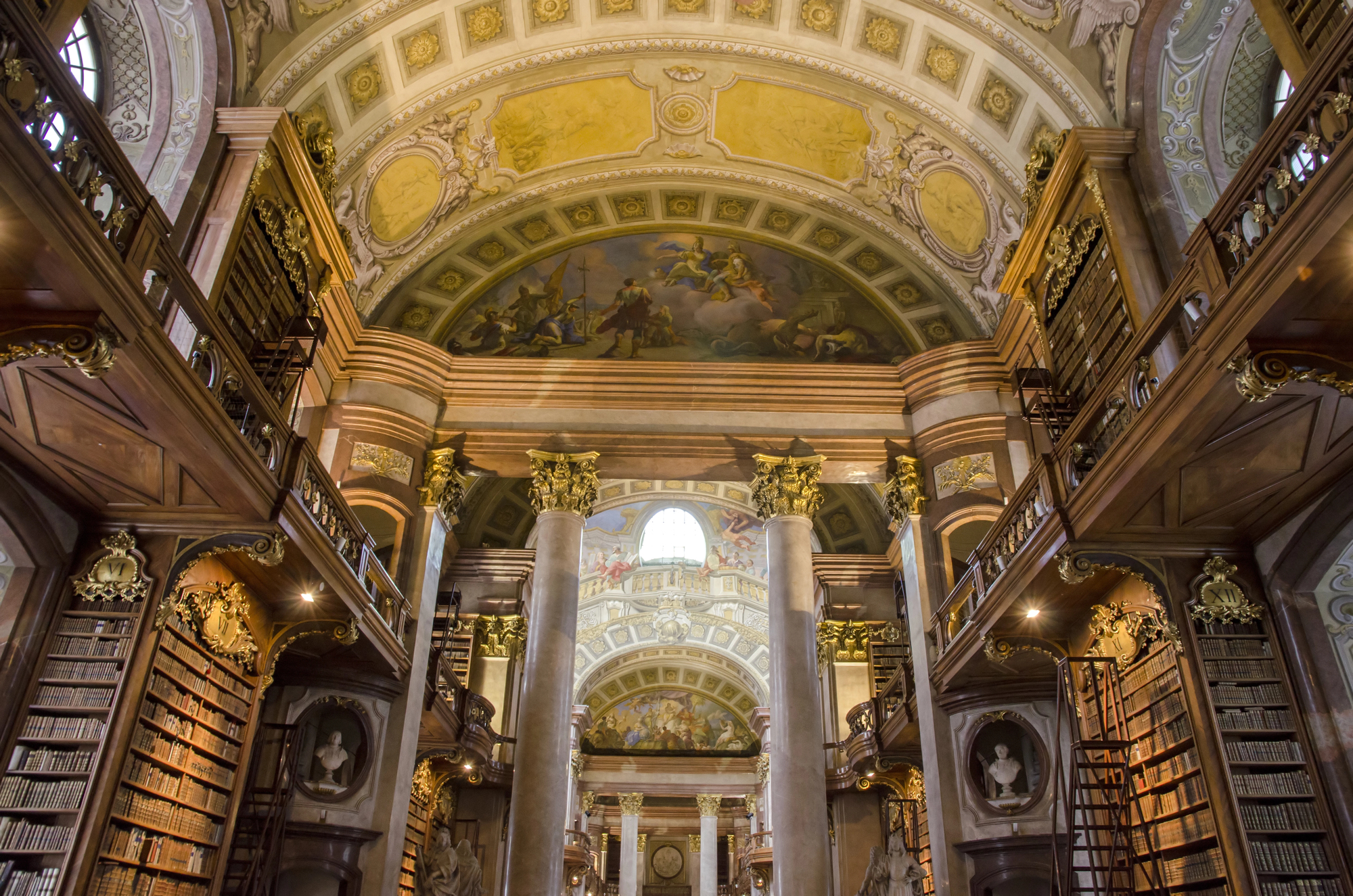
Vienna’s Austrian National Library features the stunning State Hall, a 230-foot-long Baroque masterpiece topped by a fresco-covered dome and lined with statues representing enlightened virtues. Completed in 1730, the hall contains approximately 200,000 volumes published between 1501 and 1850, arranged in a manner matching their original 18th-century organization.
The library holds treasures like the world’s largest collection of papyri and the Vindobona manuscript of Tacitus, displayed in rotating exhibitions that showcase different facets of European intellectual history throughout the year.
Like Travel Pug’s content? Follow us on MSN.
Mexico City
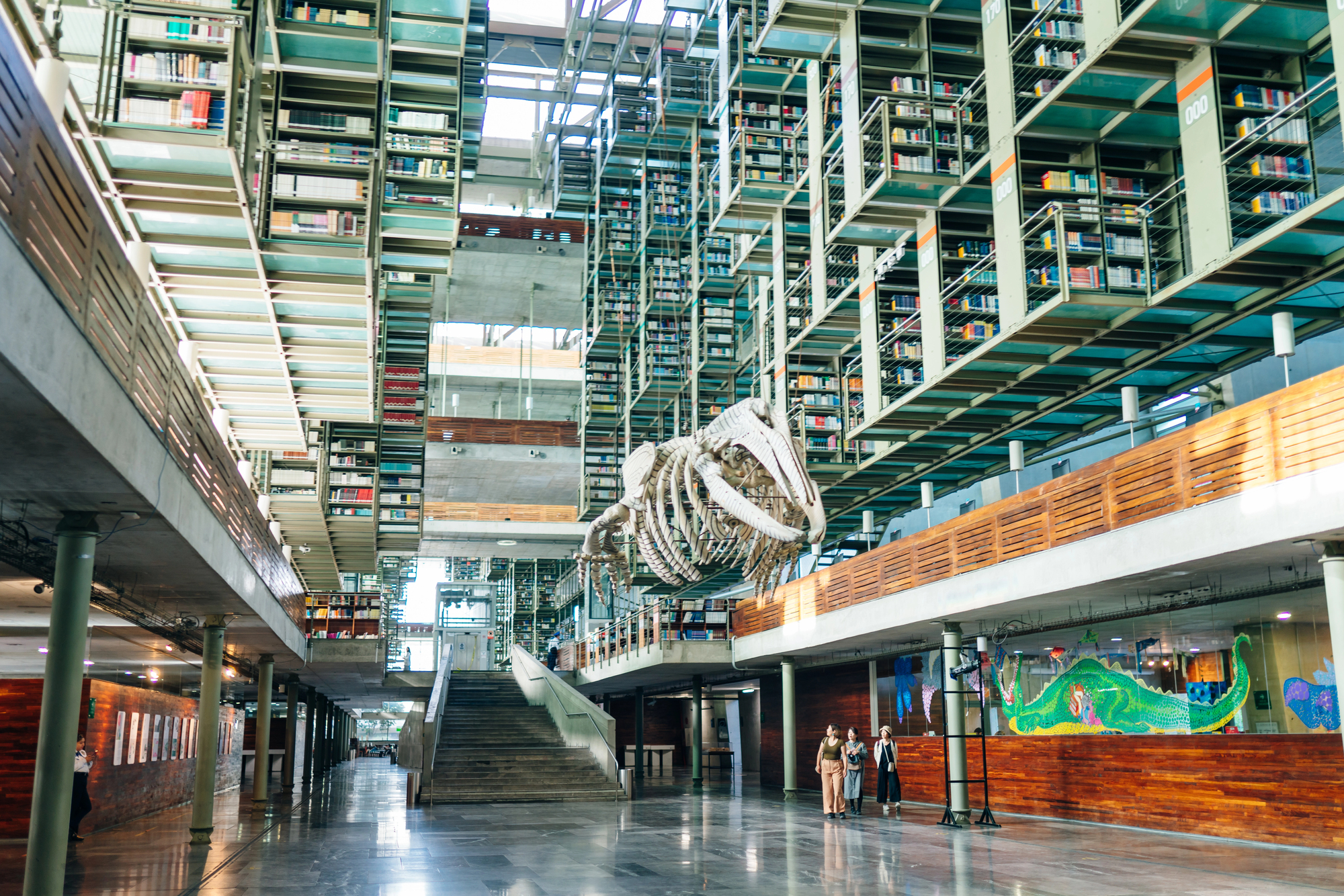
Mexico City’s Biblioteca Vasconcelos appears to defy gravity with its suspended bookshelves and transparent floors creating an architectural marvel that seems to float within its glass and concrete shell. The building incorporates gardens between reading areas, blurring the boundary between interior and exterior spaces.
A massive whale skeleton sculpture suspended in the central atrium creates a startling counterpoint to the geometric precision of the bookshelves, while the entire complex operates as both a cultural center and botanical garden in one of the world’s largest metropolitan areas.
Seattle

Seattle’s Central Library represents Rem Koolhaas’s revolutionary reimagining of what a public library can be in the digital age with its distinctive diamond-shaped glass and steel exterior. The building’s “Book Spiral” arranges the entire non-fiction collection in a continuous sequence of gradually sloping floors, allowing browsers to move seamlessly through the Dewey Decimal System without ever switching floors.
Intensely colorful interior spaces designate different functional areas, while the 10th-floor reading room offers panoramic views of Puget Sound through the building’s distinctive geometric exterior.
Copenhagen

Copenhagen’s Royal Library addition, nicknamed the Black Diamond for its polished black granite exterior that reflects the harbor waters, creates a dramatic contrast to the original 19th-century building. An eight-story atrium splits the building down the middle, providing stunning views across the harbor while flooding the interior with northern light.
The institution contains every Danish book published since 1482, a comprehensive cultural heritage housed within strikingly modern architecture that represents Denmark’s balance of historical preservation and forward-thinking design.
Like Travel Pug’s content? Follow us on MSN.
Stuttgart

Stuttgart’s City Library resembles a minimalist cube from the outside, but its interior reveals a stunning white central atrium rising through all nine floors in a design inspired by the ancient Pantheon. Books line the walls of the vast central space, with each floor accessible via bridges that cross the void, creating dramatic sightlines throughout the building.
The stark white surfaces reflect light from the central skylight, creating an almost spiritual atmosphere that reinforces the idea of the library as a modern temple of knowledge open to all citizens.
Boston
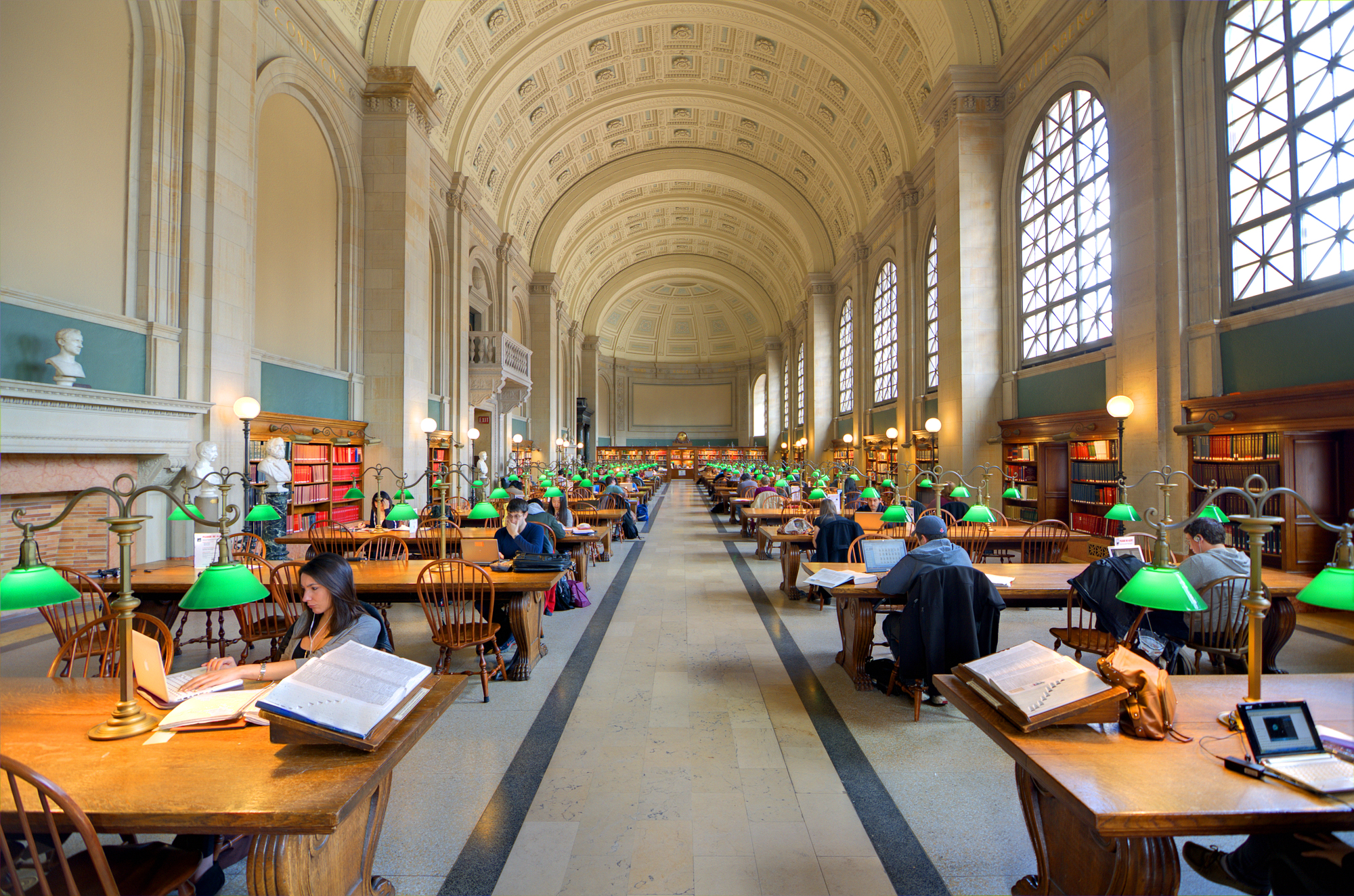
Boston’s Public Library combines the 1895 McKim Building, a Renaissance Revival masterpiece, with a modern addition that respectfully complements the original. The historic building features the stunning Bates Hall reading room with its barrel-arched ceiling, green reading lamps, and English oak tables that have hosted readers for over a century.
The courtyard, modeled after the Palazzo della Cancelleria in Rome, provides an unexpected Mediterranean oasis in New England, complete with a central fountain and arcaded walkway adorned with marble sculptures.
Admont
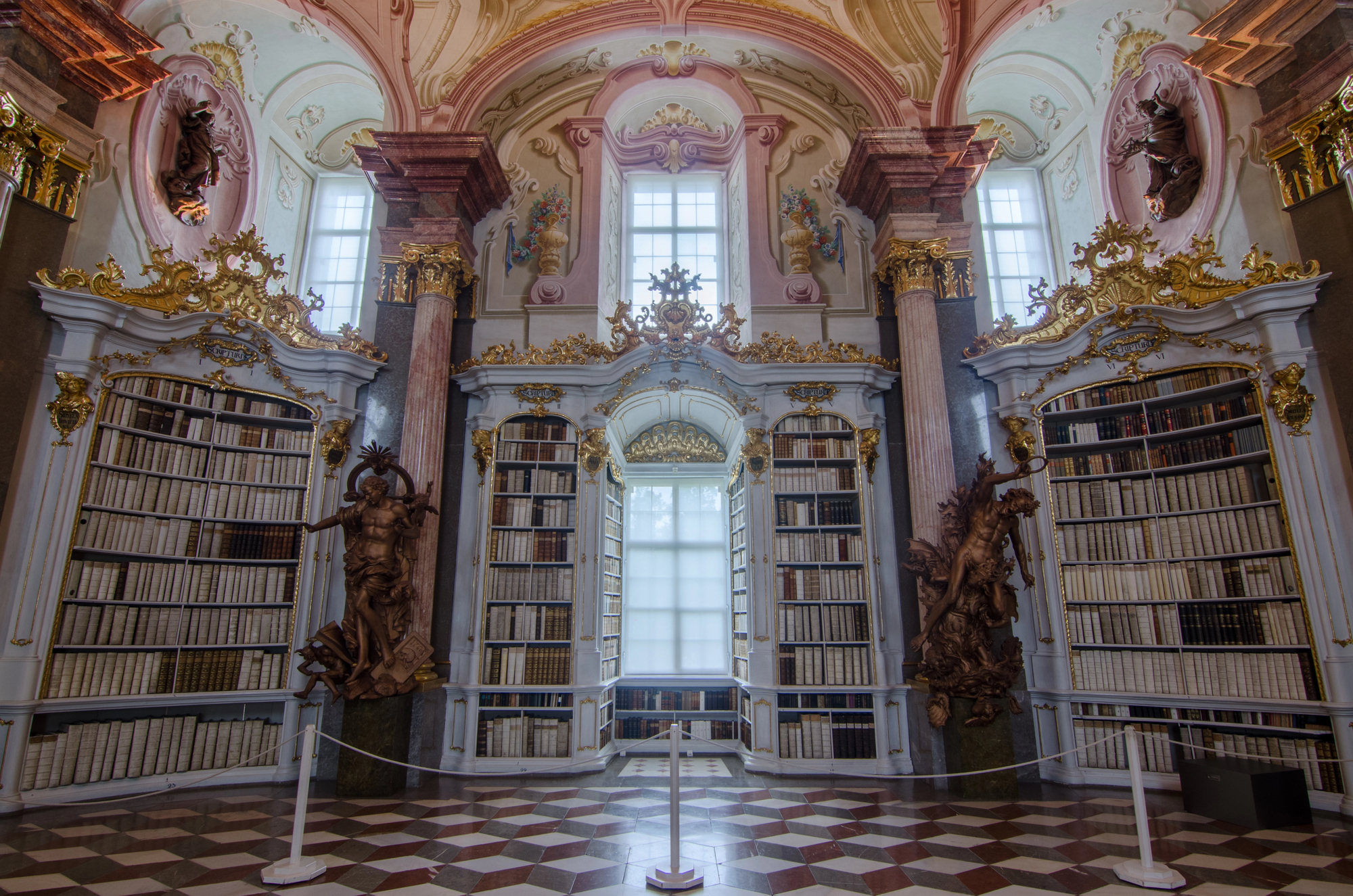
Admont’s Abbey Library in Austria represents the pinnacle of Baroque library design with its seven ceiling frescoes depicting the stages of human knowledge culminating in divine revelation. Completed in 1776, the 230-foot-long hall features white shelves, gold accents, and intricate wooden carvings bathed in light from its 48 windows.
The library houses approximately 70,000 volumes, including over 1,400 manuscripts and 900 incunabula (books printed before 1501), maintained by Benedictine monks who have preserved this intellectual treasury through wars and political upheavals that threatened its existence.
Like Travel Pug’s content? Follow us on MSN.
Tianjin
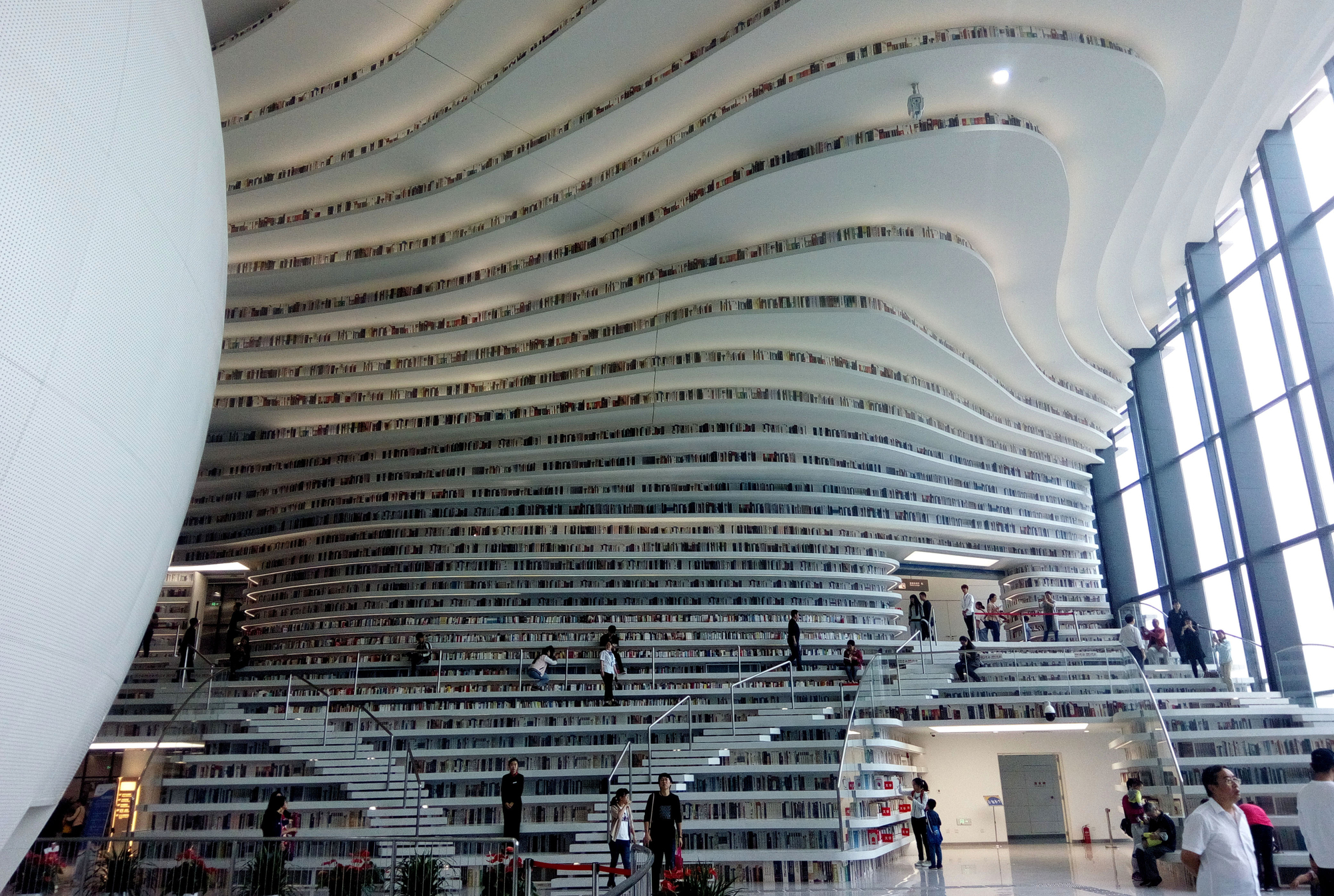
Tianjin’s Binhai Library features a striking spherical auditorium surrounded by undulating shelves creating a white terraced landscape reminiscent of waves or clouds. The five-story space creates the optical illusion of a three-dimensional eye when viewed from certain angles, earning it the nickname ‘The Eye’ from visitors.
The terraced shelving holds both books and integrated seating areas, blurring the distinction between architecture and furniture in a space designed to inspire wonder rather than simply warehouse volumes in conventional stacks.
Tokyo
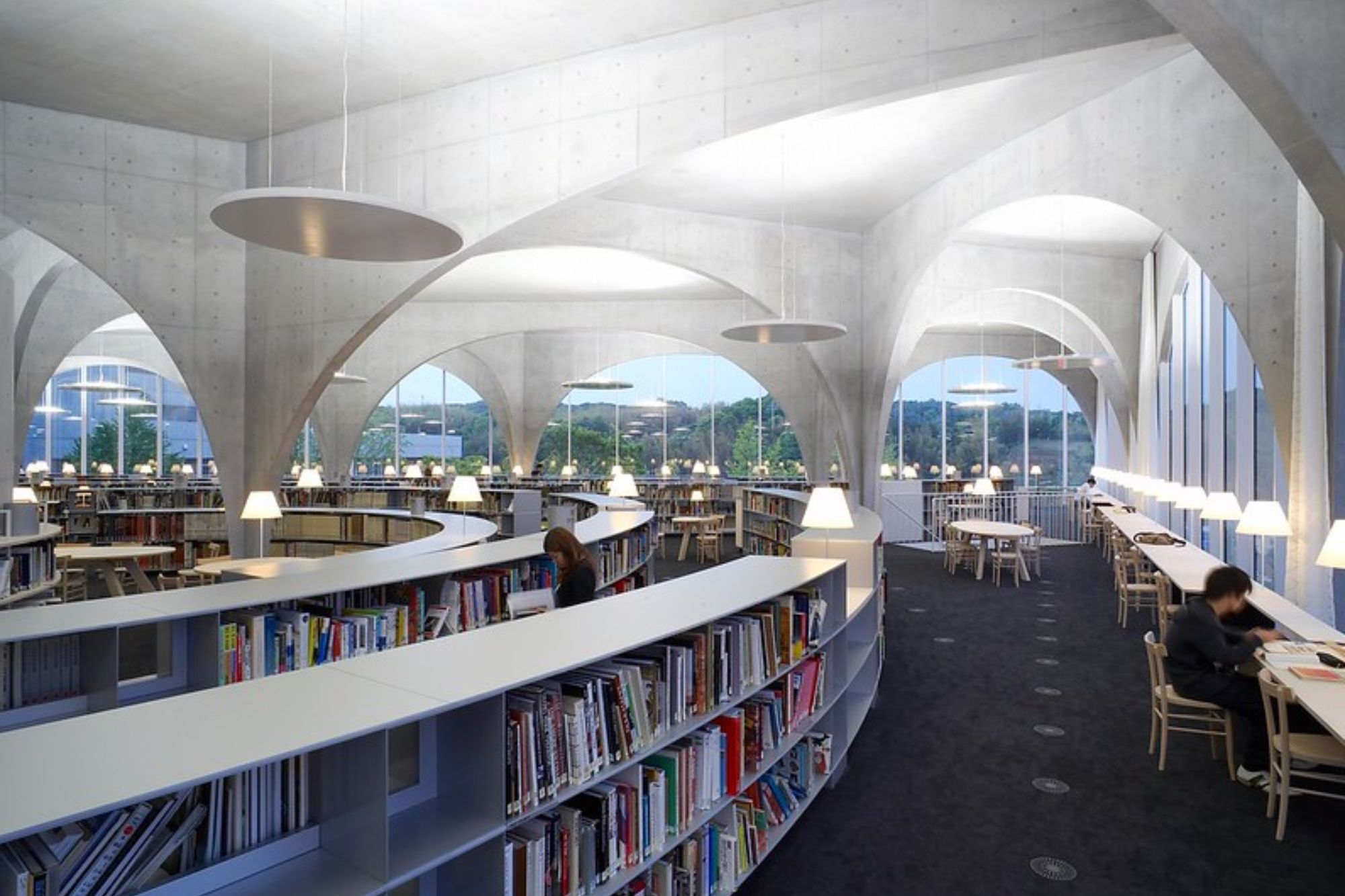
Tokyo’s Tama Art University Library, designed by Toyo Ito, features dramatic concrete arches that create a cave-like atmosphere while supporting the structure without conventional walls or pillars. The building’s layout encourages random encounters with books and people through its organic flow rather than rigid organization.
Reading areas placed near expansive windows maintain a connection with the surrounding campus, while the concrete arches create intimate spaces within the larger volume, demonstrating Japanese architectural principles that balance openness and seclusion within a single cohesive design.
Literary Temples
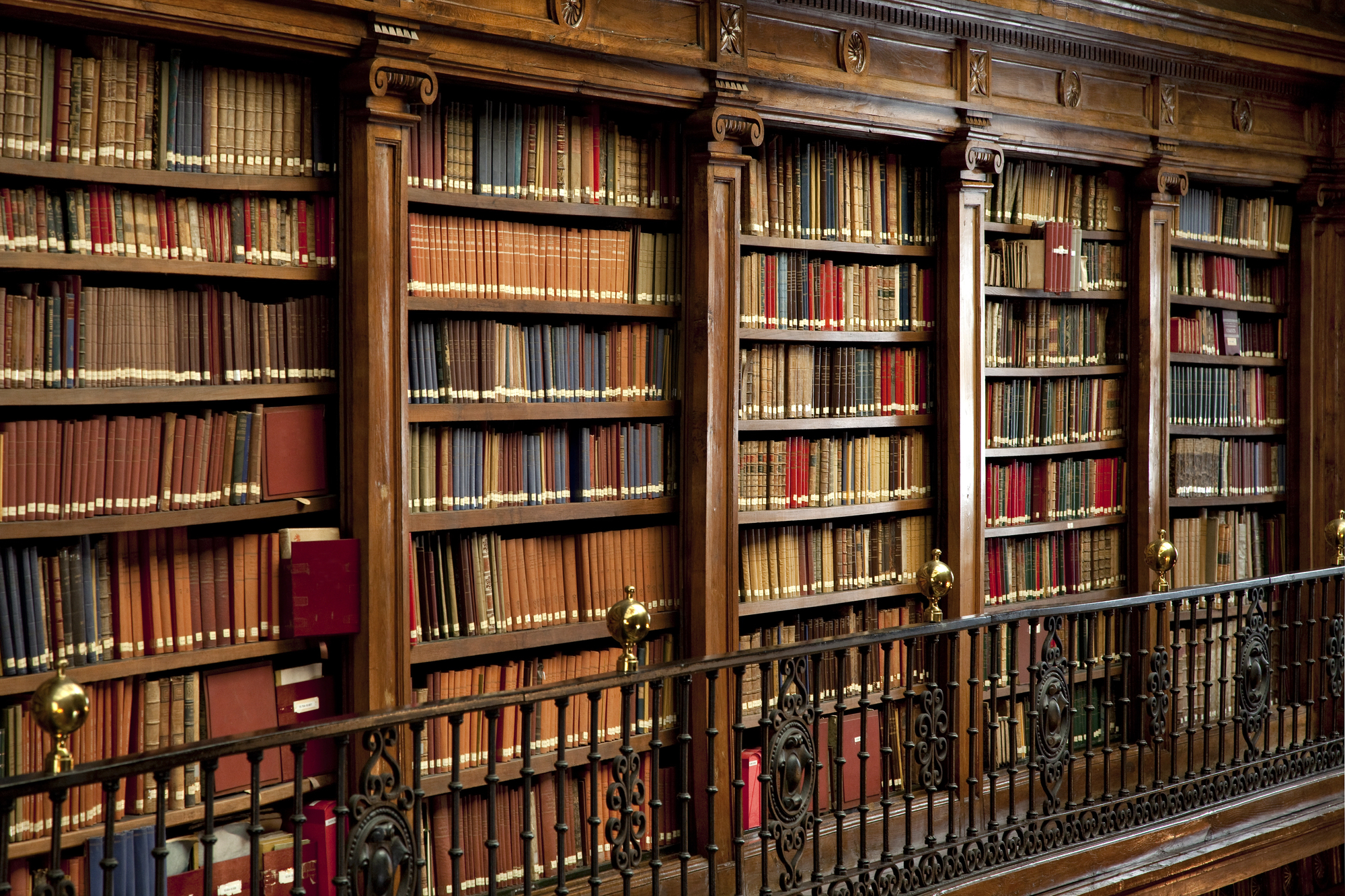
Libraries represent much more than collections of books—they embody a society’s commitment to preserving knowledge across generations. These remarkable buildings demonstrate how architecture can elevate the experience of reading and research beyond mere functionality into the realm of inspiration.
Whether showcasing centuries of tradition or pushing boundaries of contemporary design, the world’s greatest libraries create spaces where visitors connect not just with books but with humanity’s enduring quest to document, share, and celebrate our collective wisdom and creativity.
More from Travel Pug

- Cities Growing so Fast You Won’t Recognize Them in 10 Years
- 13 Destinations Where Tourists Regularly Regret Their Trip
- 16 U.S. Cities That Are Quietly Becoming Travel Hotspots
- Where to Travel If You Love Long Bus Rides and Daydreams
- 20 Cities Perfect for Solo Travelers Who Crave Adventure & Culture
Like Travel Pug’s content? Follow us on MSN.
